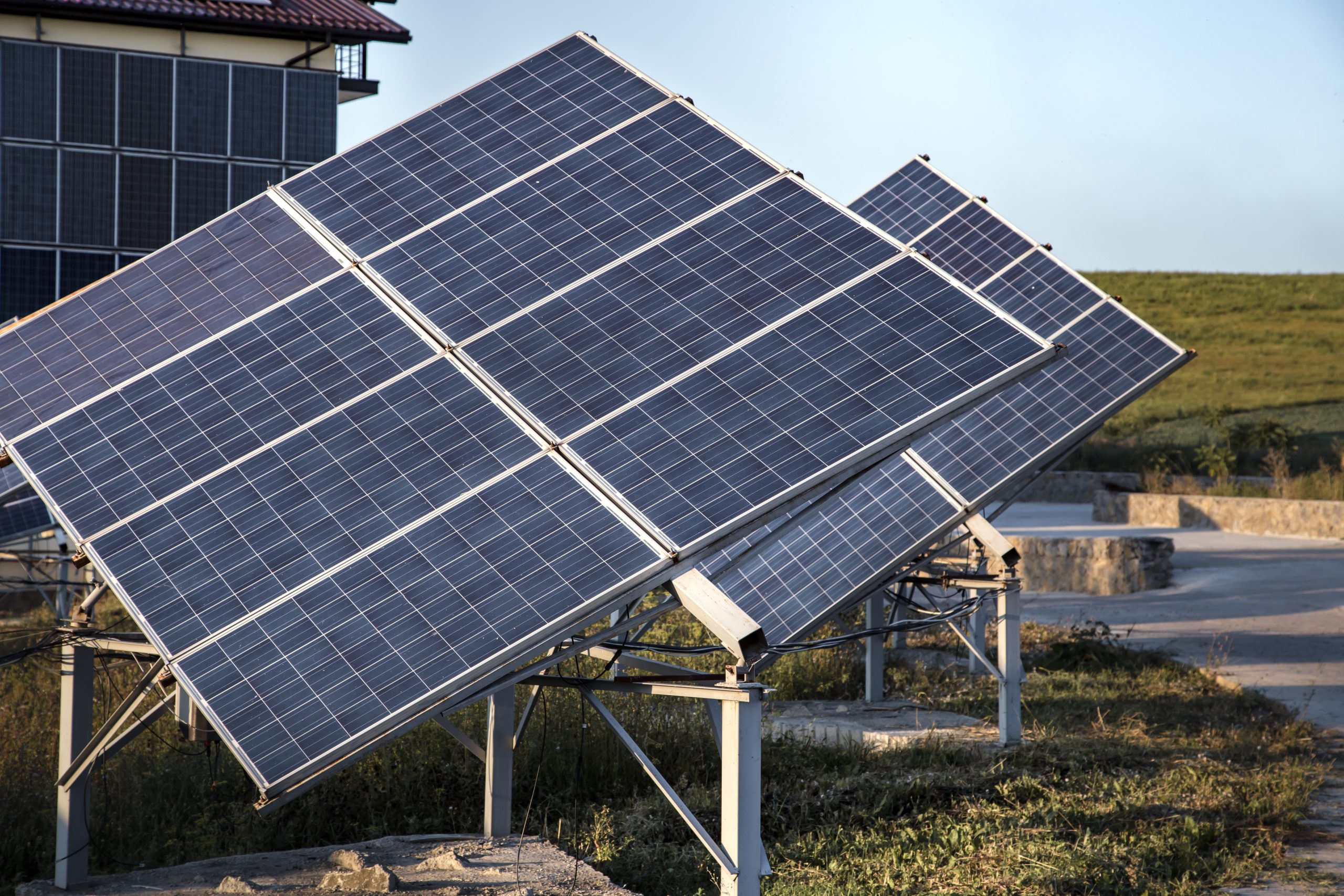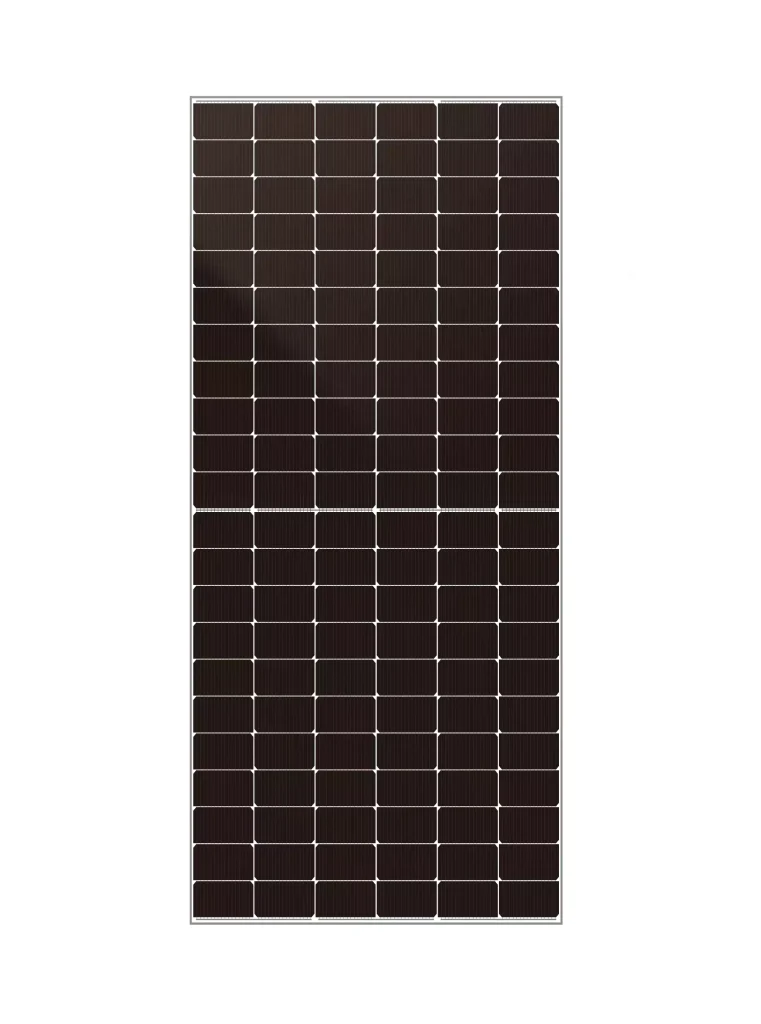Choosing the correct size for solar panels is critical for optimizing energy production and meeting specific project requirements. Several factors come into play when determining the appropriate sizing of solar panels.
Factors Influencing Solar Panel Sizing
Energy Demand and Usage Patterns
Application energy usage is the main reason behind solar panel size. As residential systems use less energy, they need fewer panels compared to industrial or commercial systems. The correct estimation of the daily and yearly energy requirements helps to make sure that the system can be supplied with power to keep it working in an over-sizing or an under-sizing-free mode.
Geographic Location and Solar Irradiance
The performance of solar panels is very location-dependent. In areas of high solar irradiance, you would need fewer panels to produce a certain kilowatt of power than in areas with less solar irradiance.
Places with more sunshine (like South Africa or Iraq) become the best projects for this kind of installation, and you have already seen a 1.7MW in South Africa (2810X 605W), or the 1.52MW one in Iraq (2520X 605W) as we just installed elsewhere with 605W.
Key Technical Parameters in Solar Panel Selection
When selecting a solar panel, technical specifications play a vital role in ensuring compatibility with system requirements and maximizing performance.
Power Output and Wattage Ratings of Panels
Notably, the wattage rating shows the potential production of a panel under STC (standard test conditions). Higher-wattage panels are best suited for major projects with limited space. Take WonVolt, for example, with its multiple high-efficiency 450W/605W/720W N-type solar panel types, meeting various project sizes and needs.
Importance of Voltage and Current Specifications
The voltage and current ratings of a panel are key to being able to integrate it with other components of your system such as batteries and inverters. Inconsistency between specifications creates unnecessary overhead or can even lead to a system down. It is important to make sure that the parameters are in line with the design of the entire system so that everything works seamlessly.
Steps to Accurately Calculate Solar Panel Sizes
Accurate calculation of solar panel sizes involves several steps that ensure both cost-effectiveness and operational efficiency.
Estimating Daily Energy Needs for the Project
First, determine how many kilowatt-hours (kWh) you consume daily. This would consist of adding the energy consumption for each appliance or system that your solar is connected to.
Moreover, while the total load of residential projects is lower, industrial systems (like those installed in Tanzania or Bulgaria) situated on rooftops can be seen having 914.76KW in Tanzania versus only 254.1KW in Bulgaria.
Calculating Total Watt-Hours Required Per Day
After knowing your daily kWh per day, you need to convert it into watt-hours by multiplying by 1000 (1 kWh = 1000 Wh). This number figures out how many watts your solar array must generate every day to keep the energy high and well above the demand, including inefficiencies.
Determining the Number of Panels Based on Efficiency
To determine how many panels you will need, take your total watt-hour requirement, and divide it by the wattage of the individual panels. Include inaccuracy for actual environmental factors like shade, dirt, and weather, which reduces efficiency. High-efficiency ones such as N-Type TOPCON Solar Panels help bring the loss to the minimum thanks to their better technology.
Integration of WonVolt Products in Solar Projects
Features of WonVolt High-Efficiency Solar Panels
These high-efficiency solar panels are crucial to ensure that maximum energy is produced in a solar project. These panels combine advanced technologies, thanks to the more outgoing power and the reduced energy loss. PERC technology is also used to further enhance the balance of efficiency and cost which makes them preferable for multiple applications.
Moreover, these panels are engineered to withstand long-term exposure to environmental stressors like UV radiation and temperature fluctuations. Their robust construction and certifications (IEC 61215, IEC 61730) guarantee durability and reliability.
Recommended WonVolt Models for Different Project Scales
Choosing the appropriate model is crucial for a successful project. The 54JWU-S Monofacial Panel (440-450W) is the perfect option for residential jobs that want a small footprint and high power. Due to its ability to produce a high amount of energy while keeping the LCOE (Levelized cost of energy) low, it is an economical choice for households.
Optimizing System Design with WonVolt Solutions
Pairing WonVolt Panels with Inverters and Controllers
It needs solar panels together with inverters as well as controllers for the energy exchange. Good inverters guarantee that less of the DC delivered from solar panels is lost in the conversion process into usable AC power. Advanced inverters will deliver better efficiency and upload or output more acceptably with the grid systems or battery storage units.
Using WonVolt Monitoring Systems for Performance Tracking
These monitoring systems offer instant metrics related to energy production, consumption, and system health. These will enable you to find out problems or issues that may arise before turning worse. With advanced monitoring platforms, you can gain additional insights into important parameters like voltage, current, temperature, and the effects of shading on panel performances.
Future Trends in Solar Panel Technology and Applications
Innovations in High-Density Solar Cells by Manufacturers Like WonVolt
The best solar technology of the future involves breakthroughs that keep raising the efficiency ceiling and lowering costs. Next, these high-density solar cells that employ the N-type TOPCON technology showcase that trend by improving the energy conversion rates without the need to produce larger panels.
Emerging Applications of Solar Panels Beyond Conventional Projects
Beyond traditional energy generation projects, solar panels are finding new applications across various industries. For instance:
Agrivoltaics: Combining agriculture with solar installations allows dual land use where crops grow beneath elevated panels.
Floating Solar Farms: Deploying panels on water bodies reduces land usage while benefiting from cooling effects that enhance efficiency.
Portable Energy Solutions: Compact panel designs cater to off-grid scenarios like disaster relief operations or remote scientific expeditions.
WonVolt is becoming a top-notch player in clean energy solutions offered because of the diversified solutions to need like containerized BESS systems( Battery Energy Storage Systems) or liquid-cooling lithium batteries. They provide proven solutions, suitable for small home settings and industrial projects, used in more than 90 countries around the world. For more information about their innovative solutions, please visit WonVolt’s official website.
FAQs
Q1: What things should I consider in choosing a solar panel model?
A: It will depend on many factors including project scale, energy demand, land availability, efficiency ratings (N-type TOPCON) and compatibility with other system components.
Q2: As solar projects mature, how do monitoring systems support their performance?
A: Real-time data with monitoring systems for energy metrics that allow to frame proactive maintenance strategies that are more efficient while minimizing the risk of downtime.
Q3: In your opinion, what are some of the latest developments in the field of solar panels?
A: High-density cells (such as N-type TOPCON), hybrid renewable systems integration, applications to combine farming with photovoltaics installations (agrivoltaics) and more.


